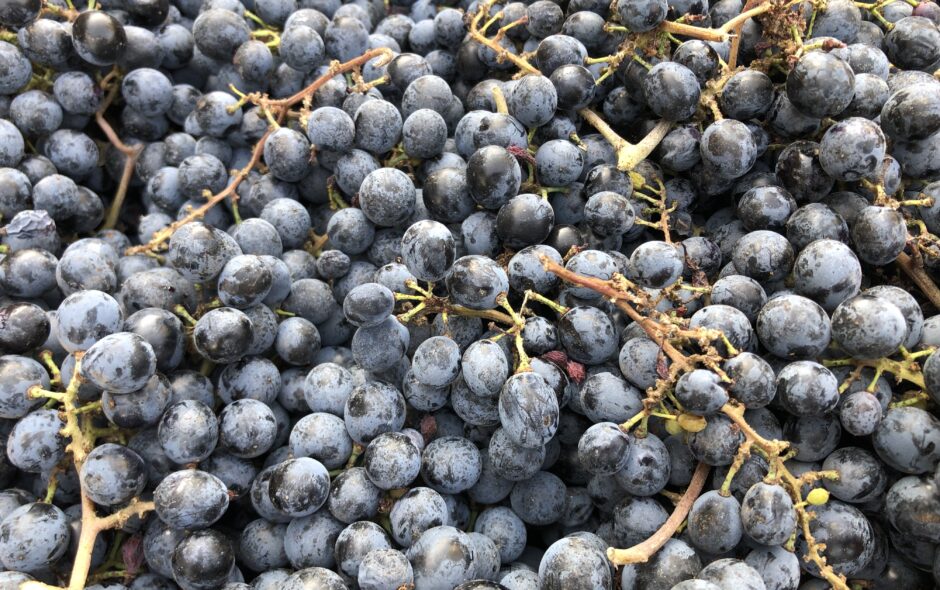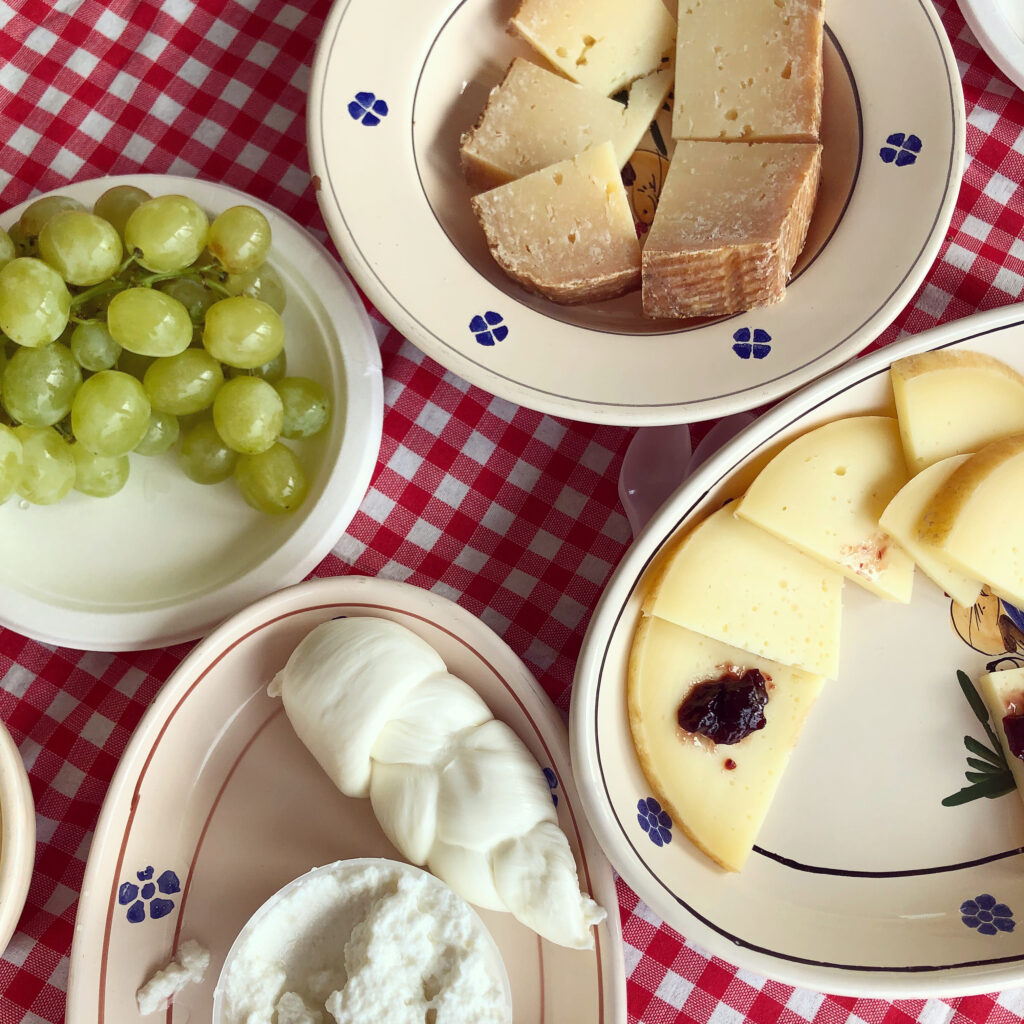Strawberries in February and fennel in June? Nowadays, we can find almost any type of fruit and vegetables in supermarkets all year round. But even fruit and vegetables have their own calendar, that is, the natural period in which they grow, ripen and are picked and harvested.
Eating seasonal vegetables means eating healthily and being environmentally friendly: following seasonality is a sustainable gesture because the goods have not travelled thousands of kilometres, reducing CO2 emissions.
Seasonal vegetables provide the right amount of vitamins and mineral salts useful for the body, as the principles of the Mediterranean Diet remind us. In terms of seasonal vegetables, each period of the year means a different gastronomic journey for all 12 months of the year.

Courgettes and tomatoes in the summer, asparagus and peas in the spring, pumpkin and broccoli in the fall, turnip tops and cabbage in the winter. Nature responds abundantly to our nutritional needs: in the summer with juicy vegetables such as cucumbers, perfect for replenishing mineral salts; fennel in winter, which purifies the body and is rich in vitamins and water. Each season is different and is full of local specialties, therefore sustainable foods for the environment and also in economic terms. Local vegetables cost less, are tastier, healthier and, especially in Italy, are very easy to find.
In winter, green predominates, which is synonymous with vitamin C, essential for dealing with seasonal ailments. Very rich in vitamin E, beta-carotene, folic acid, iron, potassium, magnesium and calcium, seasonal winter vegetables are rich in all the nutrients that are essential for the health of our body and also of the mind.
In spring, the colors on the market stalls change. Alongside the late winter vegetables, many other delicious ones arrive, which are a mix of beneficial properties served on the plate. As if it knew, nature in this case responds with many purifying vegetables, which serve to eliminate all the toxins accumulated in the body during the winter, when we tend to eat more to fight the cold.
In summer, it is necessary to replenish the mineral salts eliminated through sweating through our diet. And what does nature do? It responds with vegetables rich in water like in no other season of the year. A true riot of colors, ranging from the red and yellow of tomatoes, through the green of courgettes and the purple of aubergines to end with the orange of carrots and the white of garlic and leeks. A mix of mineral salts and vitamins useful for dealing with the torrid summer days, with simple recipes such as the fragrant bread and tomato.
You say autumn vegetables and you immediately think of pumpkin, the symbol of the season. But there are many other good autumn vegetables. Going to the farmer who still grows as they once did can be a great way to delve into the topic. Furthermore, until the end of September, the pepper and aubergine plants that bear fruit remind us that summer is not too far away.
Join our tours to taste local and seasonal food of Puglia.

















